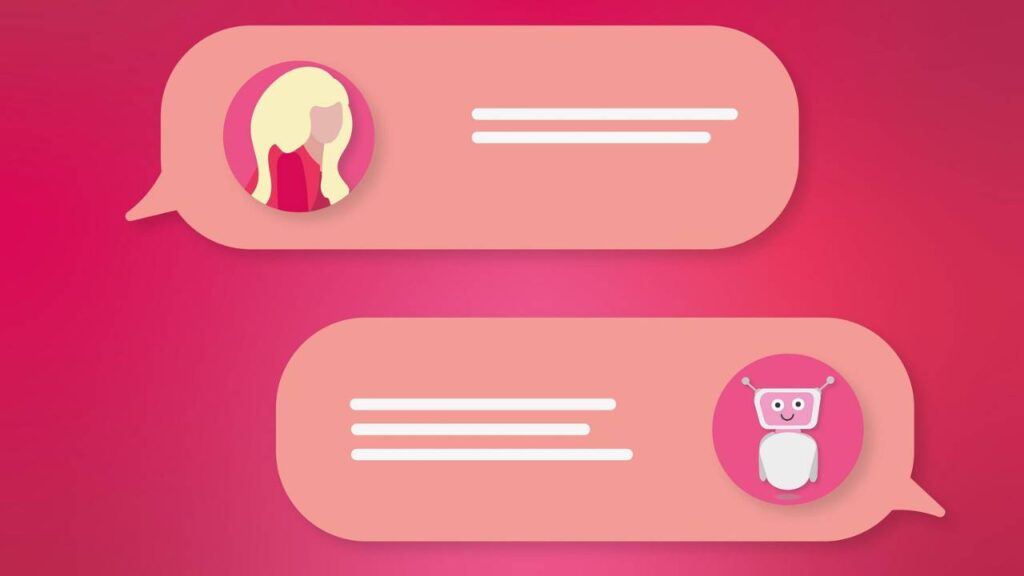Meeting customer service demands is a common challenge for small businesses, especially when you have fewer staff and resources but rising customer expectations for instant, personalised, round-the-clock support. By embracing affordable technology and simple automation, you can deliver faster, more professional service and even the playing field with larger competitors. Discover practical ways to streamline your customer service, improve satisfaction, and make your day-to-day operations more efficient.
Identifying Common Customer Service Pain Points

Many small businesses experience challenges when dealing with high volumes of calls and emails. This bottleneck can overwhelm your staff and cause communication delays, making it difficult to address every enquiry promptly.
Slow response times are another frequent issue. When customers wait too long for a reply or resolution, their trust in your business may decrease. Over time, this can result in lost sales as well as reduced customer loyalty.
Missed follow-ups are common when there is no reliable process in place for tracking ongoing issues. Without proper reminders or tracking tools, it becomes easy to overlook customer requests, leading to frustration and dissatisfaction.
If you’re looking to reduce response time and improve customer interactions without expanding your team, it’s time to consider customer support bots as part of your digital strategy.
A lack of tracking tools can also make it hard to understand common customer problems and monitor resolution progress. This can slow business growth, as you’re unable to use data to identify areas for improvement or respond quickly to repeated issues.
Leveraging Automation to Reduce Repetitive Tasks
Automation can dramatically ease the burden of managing frequent customer tasks. By using chatbots and automated response systems, you can handle common queries such as FAQs without human intervention. This approach frees up your team to focus on more complex customer needs.
You may also automate appointment scheduling and basic troubleshooting. With these systems, customers interact directly with the technology, booking their own slots or finding solutions to simple technical problems. Faster problem resolution can lead to greater customer satisfaction.
Implementing simple automation tools is a key step in future-proofing your business with smart technology – ensuring long-term resilience and responsiveness. Integration with your existing IT infrastructure allows for smoother workflows. Automated ticket routing can ensure that queries reach the right team members instantly.
Affordable tools for small and medium-sized enterprises include platforms like Zendesk, Freshdesk, and HubSpot. Many providers offer tiered pricing, making it possible to start small and scale up as your needs grow. These solutions are designed to be user-friendly, requiring little technical expertise to get started.
When Is It Time to Automate? Signs and Readiness

Noticing increased wait times, dropped enquiries, or team fatigue can indicate your current customer service model is under strain. If your staff frequently respond to the same questions or standard requests, manual efforts may no longer be efficient.
If you’re seeing increased enquiry volume or struggling to keep up with support tickets, chances are your business is ready to automate customer conversations and benefit from scalable, digital-first service solutions.
A key sign to look for is whether customer satisfaction scores are dropping because of slow responses. Overwhelmed staff may also experience high turnover, which can disrupt service quality.
Consider whether your business can handle peak times without sacrificing response quality. If simple requests consume much of your team’s daily workload, automation can help free up their time for complex issues.
Evaluate your current tools and processes. If your system needs constant manual tracking or if customers regularly follow up on the same issues, automation could provide more structure and consistency.
Small businesses benefit from making gradual changes. When repetitive tasks distract you from growth, service automation becomes a worthwhile step. If unsure, review your support data – such as first response times and the number of missed tickets – to inform your decision.
Balancing Human Support and Automation
Automation in customer service does not mean your team becomes unnecessary. In fact, digital tools are most effective when they support your staff rather than replace them.
Chatbots and automated response systems can be used to greet customers, answer simple queries, and direct people to relevant resources. These functions help manage high volumes and give customers immediate responses at any time of day.
However, some situations require empathy, understanding, and complex problem-solving – qualities uniquely human. When a customer faces a complicated issue or is frustrated, a human agent should take over to offer a personalised solution.
Maintaining a human touch in your customer service is essential. People value genuine interactions, especially during sensitive or high-stakes moments. Automation works best when it frees up your team to focus on those situations that demand personal attention.
You can think of automation as a first line of support, not a replacement for your staff. This approach ensures efficiency without sacrificing the human connection customers appreciate.
Building a Scalable Support Strategy on a Budget

Begin by clearly defining your customer service goals. Consider what you want to improve, such as quicker response times, better issue tracking, or higher customer satisfaction. Identifying specific objectives helps guide every decision as you build your strategy.
Next, choose affordable automation tools that match your requirements. Look for live chat, email automation, or self-service platforms that are easy to use and fit your budget. Many small businesses start with free or low-cost trials to evaluate different options.
Pilot your chosen solution with a limited group of customers or a single channel. This helps you spot issues early and collect feedback before a broader rollout. Adjust the process or software based on real experiences during this stage.
Track key metrics to measure the impact on customer interactions. Pay attention to metrics like first response time, resolution rate, and customer satisfaction scores. Monitoring data allows you to tweak your approach and justify continued investment.
A useful checklist includes the following: define clear goals, select appropriate tools, pilot your programme, and consistently track important metrics. Sticking to this checklist prevents skipping vital steps and ensures steady progress.
Conclusion
By streamlining your customer service, you can achieve quicker response times, reduce the burden on your staff, and help improve customer satisfaction. Even small teams can provide exceptional service by leveraging the right tools and strategies. Take time to review your current processes and consider automation to support your growth with confidence.
